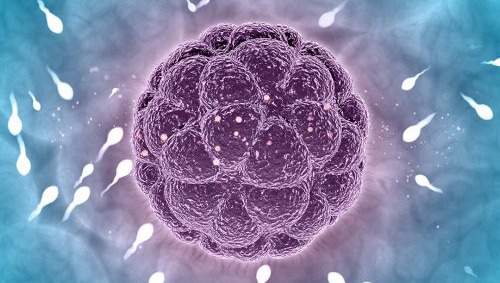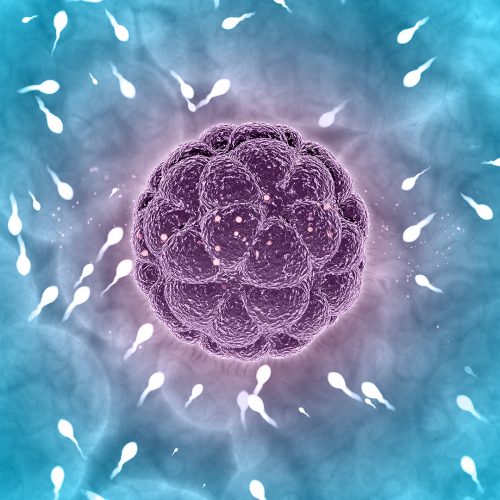
 Fertilisation is a complex series of events, beginning with the activation of the oocyte by the spermatozoon and resulting in the development of a diploid organism.
Fertilisation is a complex series of events, beginning with the activation of the oocyte by the spermatozoon and resulting in the development of a diploid organism.
Everything starts after ejaculation, when the seminal plasma is deposited into the vagina and millions of spermatozoa start their long journey to reach the oocyte. Before moving into the uterus, spermatozoa will be exposed to the acidic environment of the vaginal fluid and many hostile leukocytes. Another barrier is the presence of the immunoglobulins IgG and IgA in the vagina and the cervical mucus respectively.
In the field of assisted reproduction, the intrauterine insemination technique bypasses the vagina and the cervix. More specific, the semen sample that has previously been washed and concentrated is placed directly in the uterus with the use of an intra-uterine catheter.
The next challenge is for the spermatozoa to traverse the uterus, where under endocrine control, uterine contractions mediate their transport. The last stop of this journey is the fallopian tube, a friendly environment which can host the spermatozoa for up to 3-5 days (time that spermatozoa can remain viable in the female reproductive tract) until ovulation.
At the end of this challenge only few spermatozoa (around 200) will approach the oocyte.